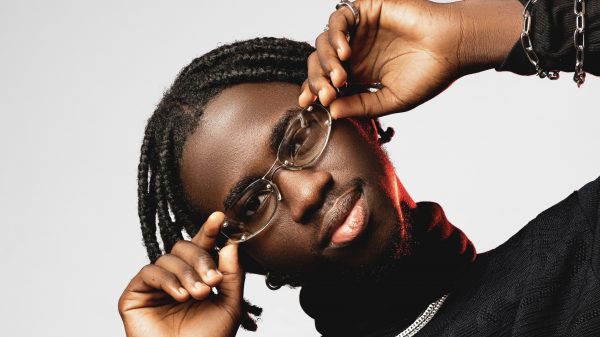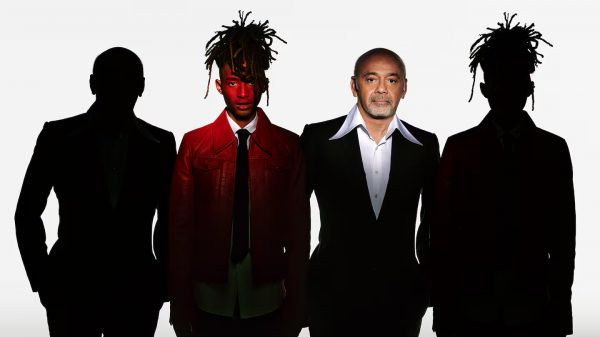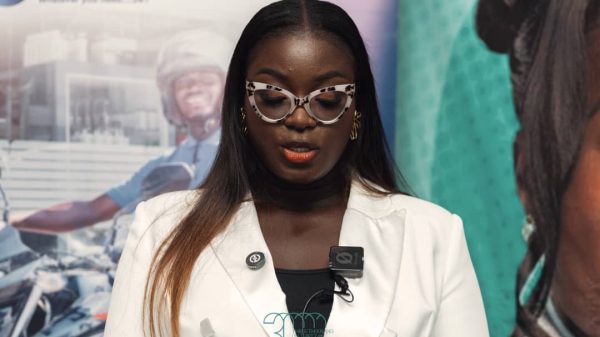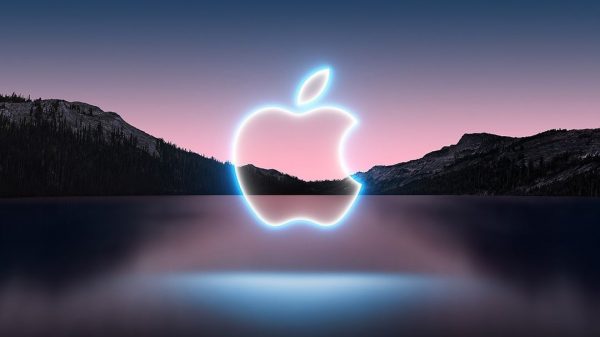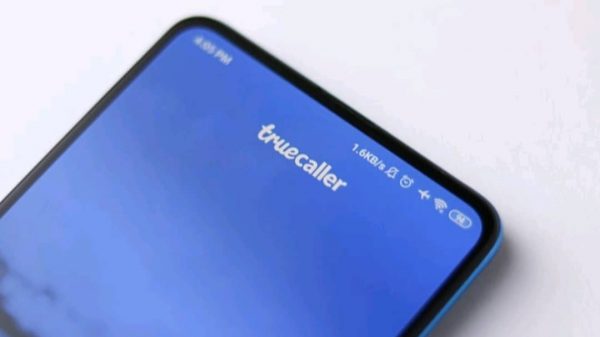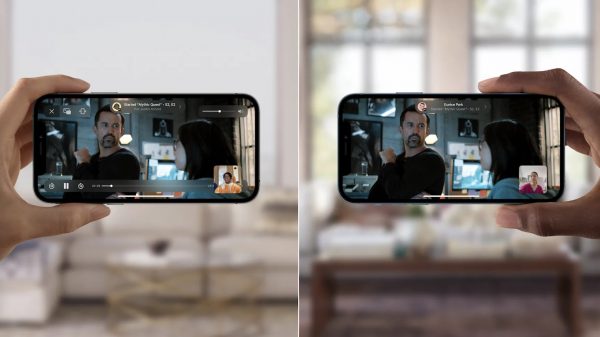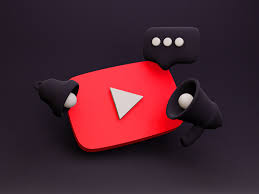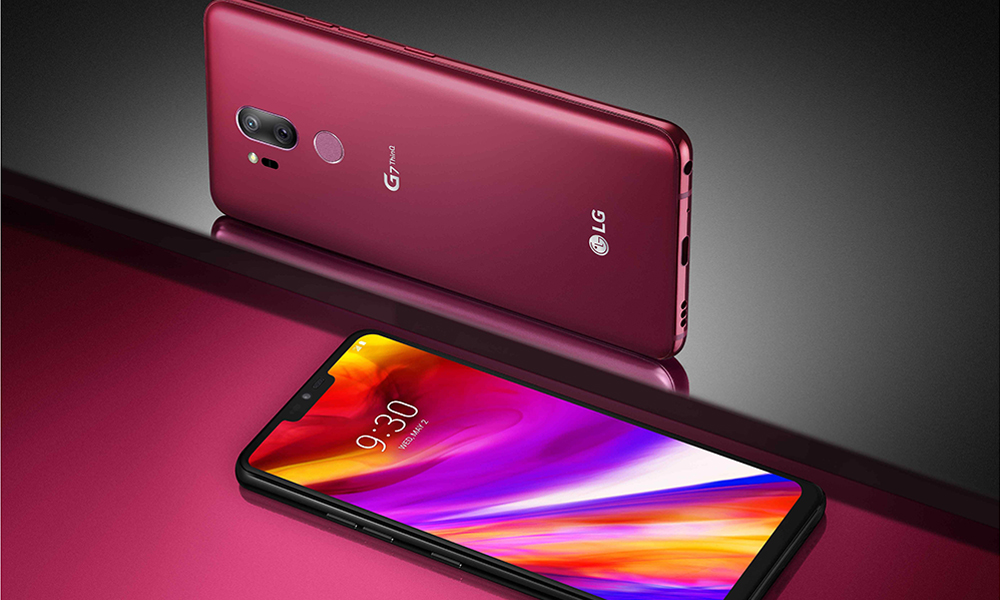My favorite phone released this year doesn’t have the fastest performance, doesn’t have the best camera, and has worse than average battery life. It also has a superfluous button for a virtual assistant that I can’t reprogram to something more useful and has the worst name for a phone I’ve seen in years. It’s not a phone that I recommend most people should buy. But LG’s G7 ThinQ (I told you it has the worst name) is my favorite phone right now because it meets my specific set of wants and needs better than anything else at the moment.
The primary reason why I like the G7 so much is that it’s the Android phone that best mimics the iPhone X’s ability to cram a large screen in a frame that can still be managed in one hand. I love the iPhone X’s design because it is optimized for how I use a phone, which consists of a lot of vertical reading while on the go. Tall, skinny phones are the best for this. But I don’t necessarily love iOS, and I often crave Android’s flexibility and interface.
LG aped the iPhone’s notch and 19.5:9 aspect ratio, giving the G7 a similarly tall and skinny appearance, but stretched the display dimensions to a 6.1-inch diagonal, allowing for even more screen real estate. At the same time, the G7 measures just 2.8 inches across, which lets me reach across the screen easily with my thumb when I’m using the phone in one hand. It’s narrower than any other Android phone with an iPhone X-like design I’ve used, such as the OnePlus 6 or Huawei P20 Pro, yet has a larger display than the Samsung S9 or iPhone X. The G7 does have more of a “chin” (the bezel at the bottom) than the iPhone X, but that doesn’t bother me, nor does the notch at the top of the display.
But the screen isn’t the only thing that keeps me coming back to the G7. It has a headphone jack, which doesn’t matter to me for use with headphones (I was on the wireless headphone train long before the headphone jack started going the way of the buffalo), but does matter a lot when I get in my wife’s car and want to plug into the auxiliary input and charge my phone at the same time, without having to deal with the car’s terrible Bluetooth set up.
It has the loudest, clearest speaker I’ve ever heard on a phone, which is great for when I’m watching YouTube while sitting on my couch, something I do a lot. It’s not a stereo setup, like many other phones offer, and it is possible to block the speaker with your hand if you hold the phone wrong, but it’s so loud and so clear that those things don’t bother me. LG’s “Boombox” internal resonance chamber isn’t just a marketing gimmick, it makes the whole device pulsate when the volume is cranked and makes the output even louder when the G7 is resting on a table.

The G7 also has wireless charging, which I use every time I work from my desk at the office and on my nightstand every evening. Wireless charging isn’t as fast as wired charging, obviously, (and the LG doesn’t have Samsung’s better, faster wireless charging) but it’s extremely convenient and, whenever I use a phone that lacks it, I miss being able to just drop my phone on a charging pad or stand when I get to my desk. It also helps me cope with the G7’s admittedly bad battery life, which is far shorter than I can get with many other phones.
Like LG’s V30, the G7 also has the best haptic vibration feedback available in the Android world. It’s not quite as good as Apple’s Taptic Engine in the iPhone, but it’s damn close, and puts every other Android phone to shame. As my colleague Sam Byford has said, “LG continues to make phones that make it enjoyable to hold backspace to delete a lot of text.”
The G7 is also good enough in the departments of performance, software, and camera for my needs. I would love for the camera to be faster (it’s one of the slowest modern cameras I’ve used) and I would certainly love for better battery life, but neither of those issues are so bad that I’m compelled to give up the other things that the G7 brings to the table. I’ve long hated LG’s software design, but after years of refinements, the G7’s interface has gotten to a point where it doesn’t get in my way or turn my stomach with poor aesthetics. Since it’s Android, I’m also able to customize it extensively, even to the point of bringing the iPhone X’s best-in-class gestural interface over to it.
I, of course, have other complaints with the G7, but those would apply to any phone I pick up in 2018. I’m paranoid that I’m going to scratch the display, so for the first time ever, I’ve put a screen protector on my personal phone. Before I bought a G7 with my own money, I used our demo unit from LG for a couple of weeks and sure enough, I scratched the screen in this time. There are scratches on my iPhone X display that I can’t unsee and drive me insane, so the G7 is certainly not unique in this respect.
I’m also extremely wary that LG will deliver software updates in a timely manner, despite its recent launch of a special software update initiative. History says the G7 will be forgotten and receive few, infrequent updates on the software front. My Project Fi model is running Android 8.0 with the June security patches, but who knows where it will be a few months from now when Android 9.0 P officially drops.

Still, as I survey the field of phones released so far this year and look forward to what’s coming in the back half, it’s hard to see anything else meeting my needs better than the G7 does right now. Google will certainly have a new Pixel lineup this fall, but they likely won’t have space efficient designs or wireless charging, and they certainly won’t have a headphone jack. Samsung and LG both are expected to have new models out, but they will be bigger phones, and Apple’s next lineup of iPhones won’t address any of my complaints with the current iPhone X.
All of that is to say, for my wants and needs, LG’s goofily named G7 ThinQ is the best phone released this year. Who’d have thunk it.
Source: The Source







